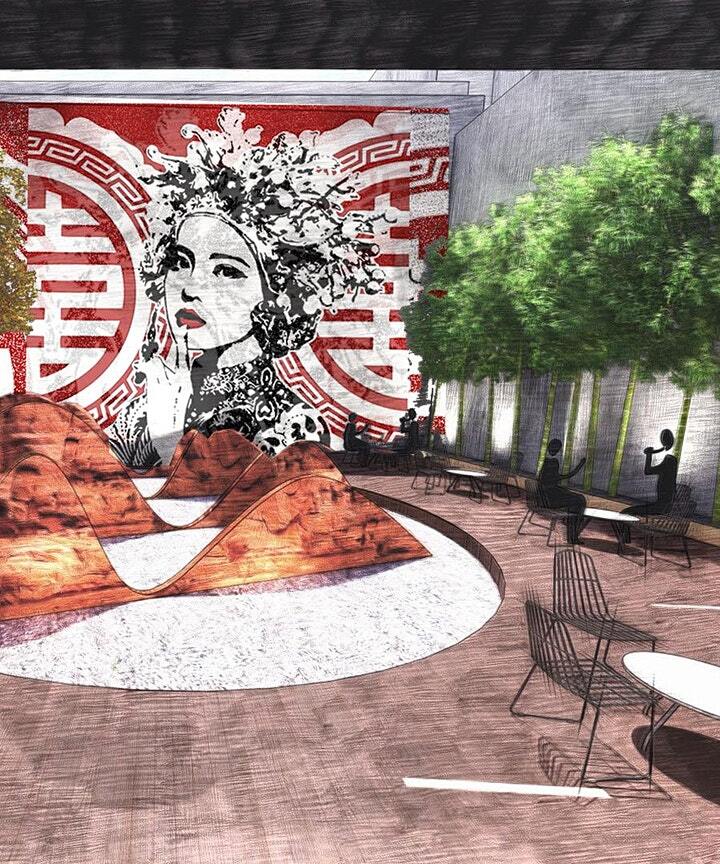Dean's Lecture Series Exhibition Launch: Highly Sensitive

-
This launch event is a part of the Dean's Lecture Series on Atmospheric Citizens: How to Make Breathable Worlds presented by Jennifer Gabrys.
Please join us as we showcase selected projects by Prof Gabrys and MSD research works using environmental sensors.
About this event
Environmental sensors offer us unprecedented information about the world around us. From temperature and air quality measurements to feedback from noise and touch, we can digitally capture and respond to our complex and changing environment. For the built environment professions, these forms of data and their responsiveness represent a significant step in how we think about and what we create within our environments.
Sensing technology captures local scale, fine grained data to reveal the specific characteristics and workings of place, and the interactions between different site features and designs. With sensors, we can examine how a tree impacts the temperature of the playground its shading, or how the layout of a street affects the air quality in the neighbouring outdoor eating area. When we collect and communicate this information through real-time feedback, visualisations, and simulations, our responses expand from understanding the world to becoming a powerful means of making change. Environmental sensors allow us to check our assumptions and direct our actions in ways that we may not have anticipated.
This exhibition celebrates these opportunities of environmental sensing, as tools that ‘keep us honest’ by revealing the environment in new ways and allowing us to respond to real-time conditions.

The work has been gathered from research and teaching in the Melbourne School of Design within our aligned disciplines of landscape architecture, urban planning, construction, and architecture. Consistent across the work is the aim of using environmental sensors to make a positive change to the quality and experience of the environment. The projects range from urban design based on the temperature sensor data of urban microclimates to the visualisations of light, air, and temperature from within the MSD building itself. There is also work with sensors used as reactive devices; for example, the pneumatic muscle and the microclimatic misting tree.
We are very excited to also include the work of our visiting Dean's lecture guest, Professor Jennifer Gabrys. She practices and writes extensively on working with sensors with community groups in contaminated environments. The work displayed here is from her forthcoming book Citizens of Worlds and shows air quality sensors used to collaborate with communities to monitor air pollution from fracking infrastructure, document traffic emissions, and create air quality gardens.
Across this range of work, we see the value of environmental sensors as instruments of curiosity and accountability. The detail of sensed data reveals our environment but also our place and influence within it. Particularly as our climate and environment continue to change, we need to draw together the range of tools, data and knowledges to more effectively plan and design healthy and sustainable urban environments.
Exhibition launch
Although the event is free to attend, registrations are essential. Please join us for the launch of this exhibition on Monday 11 April in the Brian Lewis Atrium, MSD at 6pm AEST by registering your attendance. Light refreshments will be available.
COVID Safe Measures
The University is operating under Victoria's COVIDSafe Settings. All visitors to the University of Melbourne campuses, must be fully vaccinated (or have a valid exemption). Your vaccination information will be checked prior to entry.